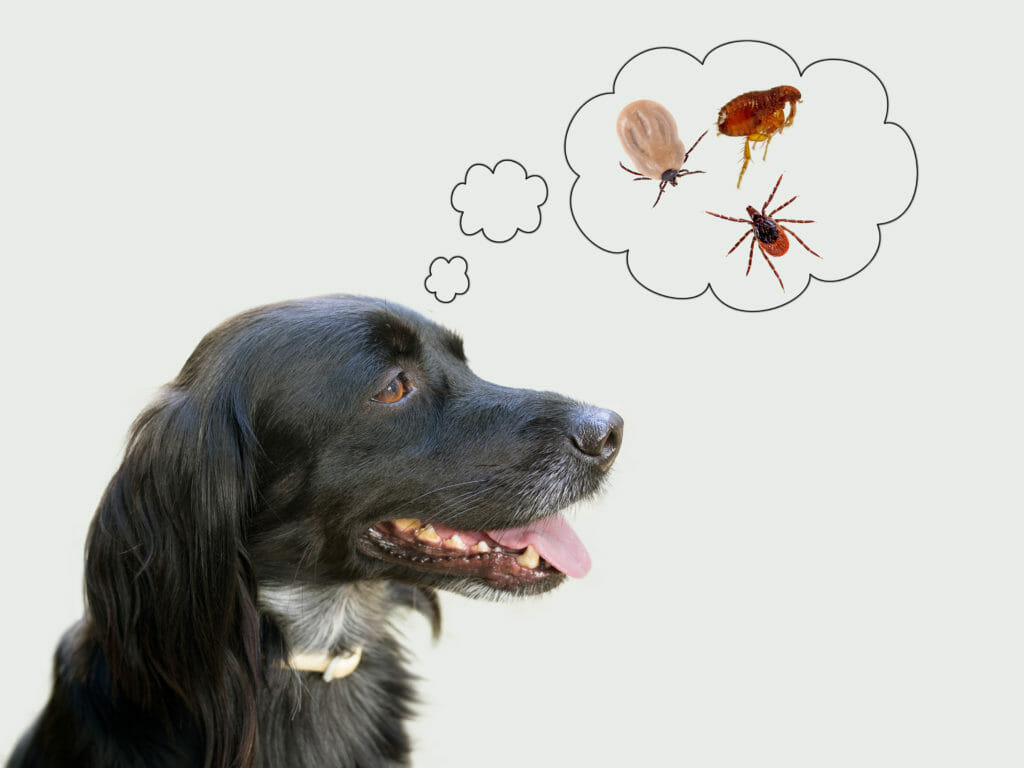A “dentistry” at Westbridge Veterinary Hospital is a complete oral examination under anesthesia. It is performed not only to clean the teeth, but also to evaluate the oral cavity for any other problems that might be present. What we can’t see is more important than what we can. This is why, “non-anesthetic” cleaning is NOT a viable option. At our hospital every pet receives the following care to give our patients the maximum benefits:
- Prior to any procedure a full physical examination is performed to ensure your pet is in good health. Note that the age of the patient is not a factor in preventing good dental care.
- Once your pet is sedated we thoroughly evaluate the “bite” (the dental occlusion). This is how the teeth are aligned. Malalignment can cause pain and tooth loss if teeth are impacting each other inappropriately.
- Before the prophylaxis can begin, the patient must be placed under general anesthetic. This will greatly increase patient comfort and effectiveness of cleaning. In addition, it allows us to properly protect the lungs from the bacteria that is being removed from the teeth by placing an endotracheal tube.
- Once your pet is anesthetized, a detailed oral examination is performed. All hard and soft tissues of the oral cavity and are examined and findings accurately recorded in the patient file.
- Whole mouth intra-oral dental radiographs are taken at this point. All dental patients require whole mouth intra-oral dental radiographs to allow assessment of the teeth and surrounding bone. Did you know that 60% or more of each tooth is hidden from view? Dental radiographs are required to provide optimal dental care for this reason.
- The mouth is flushed with an antibacterial solution.
- Dental calculus (tartar) is removed using an ultrasonic scaler.
- The soft tissues at several points around every tooth are probed and abnormal depths are recorded on the dental chart.
- Crowns (the tooth surface above the gum line) are examined and explored for damage (abrasive wear, fractures, discolouration) and findings recorded on the chart.
- Following the more detailed clinical and radiographic examination, the treatment plan is created by the veterinarian. New findings and treatment options are communicated to the owner to obtain informed consent if extractions or other work by the veterinarian is needed.
- All teeth are hand scaled above and below the gum line to remove any remaining mineralized deposits (calculus, tartar).
- Teeth are polished above and below the gum line. This smoothes the surface of the tooth, slowing new accumulation of plaque and tartar.
- The oral cavity and gingival sulci (area of the gums that surrounds the teeth) is flushed to remove all debris.
- Your pet is then recovered in a warm and comfortable environment and will be ready to go home later that evening.
- We book your pet’s next COHAT. For cats and small/toy breed dogs we recommend every 6-8 months, and every 12-24 months for larger breed dogs.




